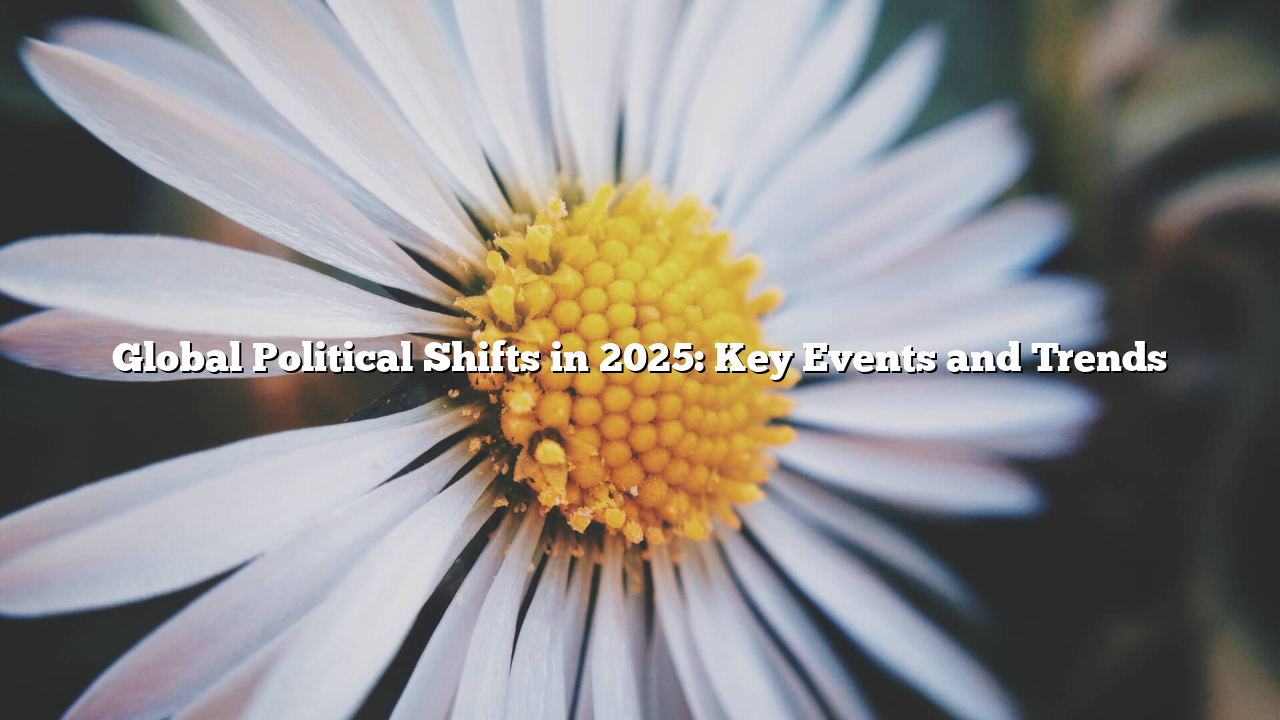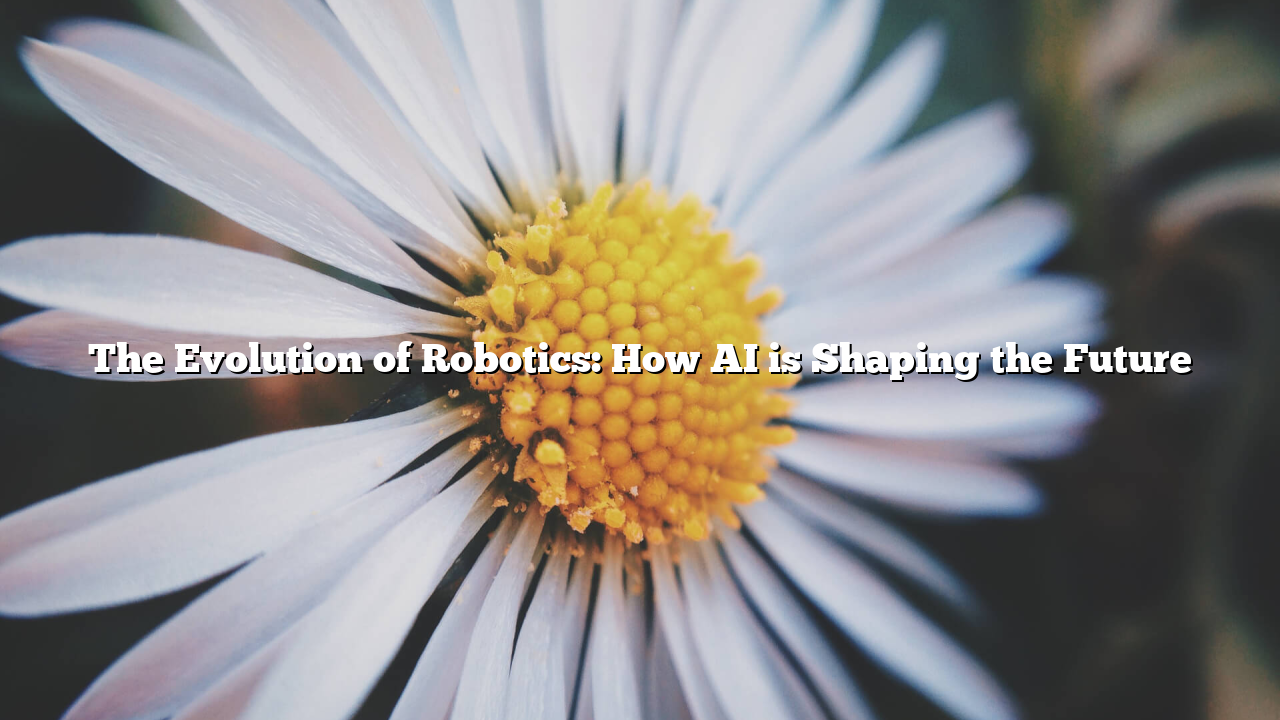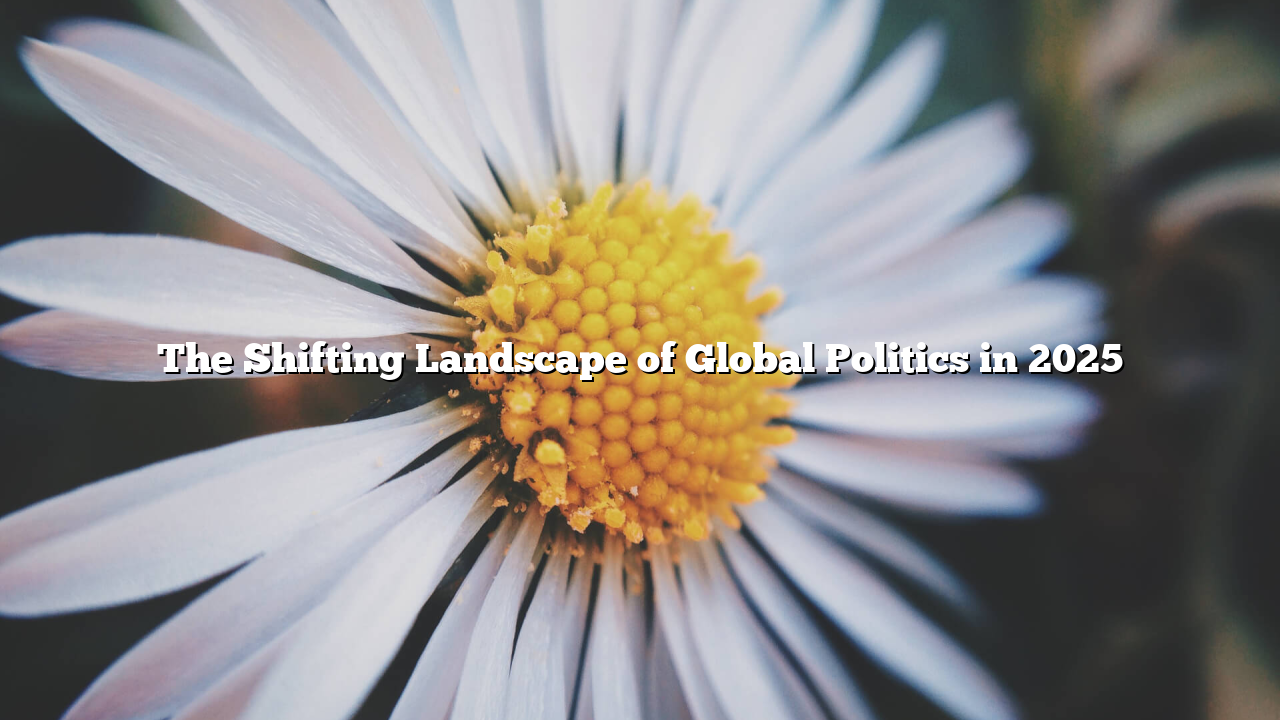The political landscape in 2025 is undergoing major transformations, with elections, diplomatic conflicts, and economic policies shaping global relations. As nations navigate post-pandemic recoveries, climate challenges, and geopolitical tensions, the decisions made by world leaders will have long-term consequences. This article explores key political events and trends defining global politics in 2025.
1. The U.S. Presidential Race: A Defining Moment
The United States is witnessing a highly contested presidential election, with both major parties battling over economic policies, healthcare, and foreign relations. The current administration has focused on economic recovery, climate change policies, and international cooperation, while opposition candidates are calling for stronger border security, tax reforms, and shifts in foreign policy.
Voter turnout and political polarization remain central concerns, as Americans debate issues such as inflation, job creation, social justice, and military spending. The outcome of the election will significantly influence the country’s approach to global diplomacy, trade relations, and domestic governance.
2. dewaslot69 : Nationalism vs. Unity
Across Europe, nationalist movements continue to gain momentum, challenging the European Union’s authority. Countries such as France, Germany, and Italy are facing political shifts as populist leaders push for tighter immigration controls, economic protectionism, and national sovereignty.
At the same time, the European Union is working to strengthen economic ties, energy security, and defense strategies in response to global conflicts. The ongoing debate over digital regulations, green energy initiatives, and military cooperation highlights the region’s struggle to balance national interests with collective stability.
3. Rising Tensions Between the U.S. and China
The rivalry between the United States and China remains a dominant issue in international politics. Disputes over trade policies, technological advancements, and military operations in the Indo-Pacific region have escalated tensions between the two superpowers.
China’s increasing influence in Africa, Latin America, and the Middle East has also sparked concerns in Western nations. The country’s aggressive stance on Taiwan, expansion of artificial intelligence capabilities, and Belt and Road Initiative investments continue to shape its global strategy.
Meanwhile, the United States is reinforcing its alliances with Japan, South Korea, and Australia, leading to a complex geopolitical standoff. Diplomatic negotiations remain ongoing, but the competition for economic and technological dominance is expected to intensify in the coming years.
4. The Middle East: Shifting Alliances and Regional Conflicts
The Middle East is experiencing political realignments as countries navigate security threats, economic diversification, and international relations. Saudi Arabia and the United Arab Emirates are investing heavily in technology and tourism to reduce their dependence on oil, while Iran continues to face sanctions and diplomatic challenges over its nuclear program.
Israel’s relations with neighboring Arab states have seen progress through economic partnerships and security agreements. However, tensions with Palestine and conflicts in Syria and Yemen continue to create instability in the region.
The U.S. and Russia remain involved in Middle Eastern affairs, supporting different factions and influencing regional policies. As countries in the region adjust to new alliances, their political and economic futures remain uncertain.
5. Climate Policy and Global Cooperation
Climate change remains at the forefront of political discussions, with world leaders facing mounting pressure to take decisive action. The transition to renewable energy, carbon emission reduction goals, and sustainable development policies are shaping international agreements and national strategies.
Developed nations are investing in clean energy projects, while developing countries seek financial support to adapt to climate-related challenges. The debate over fossil fuel dependence versus green energy transformation continues, with governments balancing economic growth and environmental responsibilities.
Major climate summits in 2025 are expected to influence future policies, pushing for stricter regulations, technological innovations, and greater accountability in environmental protection efforts.
6. Economic Challenges and Global Trade Policies
The global economy is facing both recovery opportunities and new obstacles. Inflation control, interest rate adjustments, and trade agreements are shaping economic policies worldwide. The supply chain disruptions of recent years have led to shifts in manufacturing and trade routes, with countries reassessing their economic dependencies.
The World Trade Organization (WTO) and international financial institutions are focusing on economic stability, fair trade practices, and debt relief for struggling nations. Meanwhile, technological advancements such as artificial intelligence and automation are transforming industries, requiring governments to adapt their labor policies and economic frameworks.
Conclusion
The political landscape in 2025 is defined by power struggles, economic policies, and global challenges. From the U.S. presidential election to geopolitical tensions between major nations, the decisions made this year will shape the future of international relations.
As governments navigate nationalism, economic recovery, climate policies, and security concerns, global cooperation and strategic diplomacy will be essential. The coming months will reveal how world leaders address these pressing issues and whether they choose collaboration or confrontation in shaping the future of global politics.
Global Political Shifts in 2025: Key Events and Trends











Leave a Reply